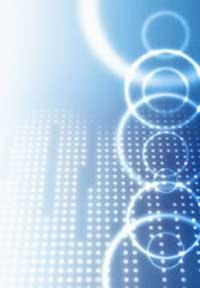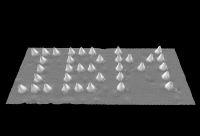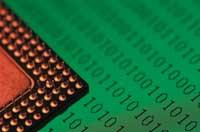Real quantum computer bits
2003/02/24 Roa Zubia, Guillermo - Elhuyar Zientzia
The bit is the basic information unit, i.e. a small device that saves numbers 0 or 1. The qubit is a similar device, but according to the laws of quantum mechanics it can store three data instead of two: 0, 1 or 0 and 1 simultaneously. Understand why it is not easy, but the device should not always be on or off, it can be on and off simultaneously.

A qubit could be an atom, an electron, a photon, or any other subatomic particle. However, they are difficult to control physically. To achieve this, physicists must use a quantum effect called entanglement, which allows 'linking' the behaviors of two particles, and which is also reflected in the other by causing a change.
Japanese physicists have performed their qubit with superconducting material. In these materials, the entanglement effect between electrons arises spontaneously, since non-contiguous electrons are "joined" by two: They are Cooper's pairs. Scientists force a couple of Cooper nanometers to be in a piece of metal of a few nanometers, which has led them to perform a qubit.
It takes a lot of time to manufacture quantum computers, but at least they have built the first prototype of the basic device in a laboratory.

Gai honi buruzko eduki gehiago
Elhuyarrek garatutako teknologia





